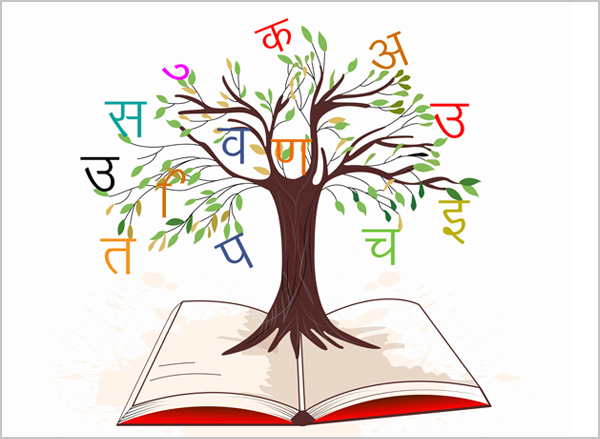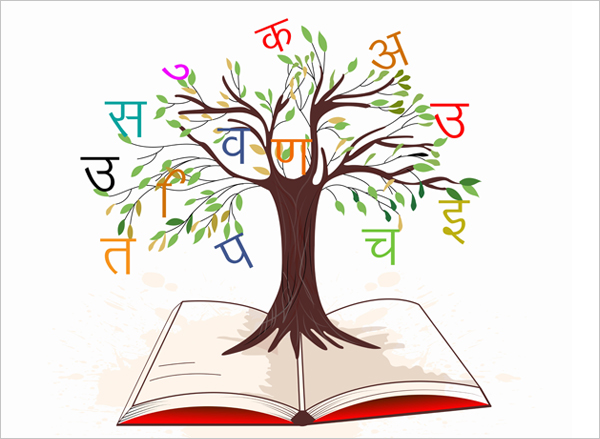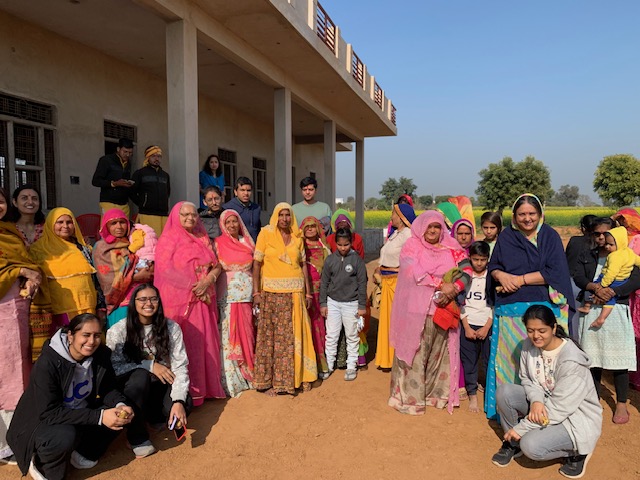Language is the road map of a culture. It tells you where its people come from and where they are going. — Rita Mae Brown
An endangered language is a language at risk of becoming extinct or no longer spoken as a native language by a community of speakers. The endangerment of a language is often categorized into different levels, with varying degrees of vulnerability.
I am providing UNESCO language endangerment classification here.
The UNESCO list has six categories of endangerment:
- Extinct: No speakers are left. (Note: The Atlas presumes extinction if no known speakers exist since the 1950s.)
- Critically endangered: The youngest speakers are grandparents and older, and they speak the language partially and infrequently
- Severely endangered: The language is spoken by grandparents and older generations. While the parent generation may understand it, they do not speak it to children or among themselves.
- Definitely endangered: Children no longer learn the language as a mother tongue in the home.
- Vulnerable: Most children speak the language, but it may be restricted to specific domains (e.g., home)
- Safe / Not Endangered: It is spoken by all generations, and intergenerational transmission is uninterrupted. (Note: These languages are not included in the Atlas because they are not endangered.)
Languages become endangered due to a variety of factors, some of which include:
- Language Shift: Language shift is a primary reason for language endangerment. This shift occurs when a community, often under pressure from socioeconomic, political, or cultural factors, abandons its native language in favor of a more dominant or prestigious language. This shift often happens when people perceive that speaking a majority or global language is more advantageous.
- Small and Isolated Communities: Languages spoken by small, isolated communities are more vulnerable because they have limited opportunities to interact with speakers of other languages and may face challenges in transmitting their language to the younger generation.
- Colonialism and Forced Assimilation: In many cases, colonial powers imposed their languages on indigenous populations, leading to the decline and eventual endangerment of native languages.
- Globalization: The spread of global media, technology, and the internet has made dominant languages more accessible and appealing, contributing to the decline of more minor regional languages.
- Lack of Documentation and Revitalization Efforts: Languages that lack written records or documentation are particularly vulnerable because there are no resources for future generations to learn and study the language. Furthermore, if communities do not actively promote and revitalize their language through education and cultural activities, it can lead to endangerment.
Efforts to combat language endangerment include language revitalization programs, documenting endangered languages, and supporting language transmission to younger generations. However, many endangered languages continue to face challenges, and the loss of linguistic diversity is a significant concern for cultural preservation and understanding. Recognizing the value of linguistic diversity and the cultural heritage languages represent and taking steps to protect and revitalize them is essential.












